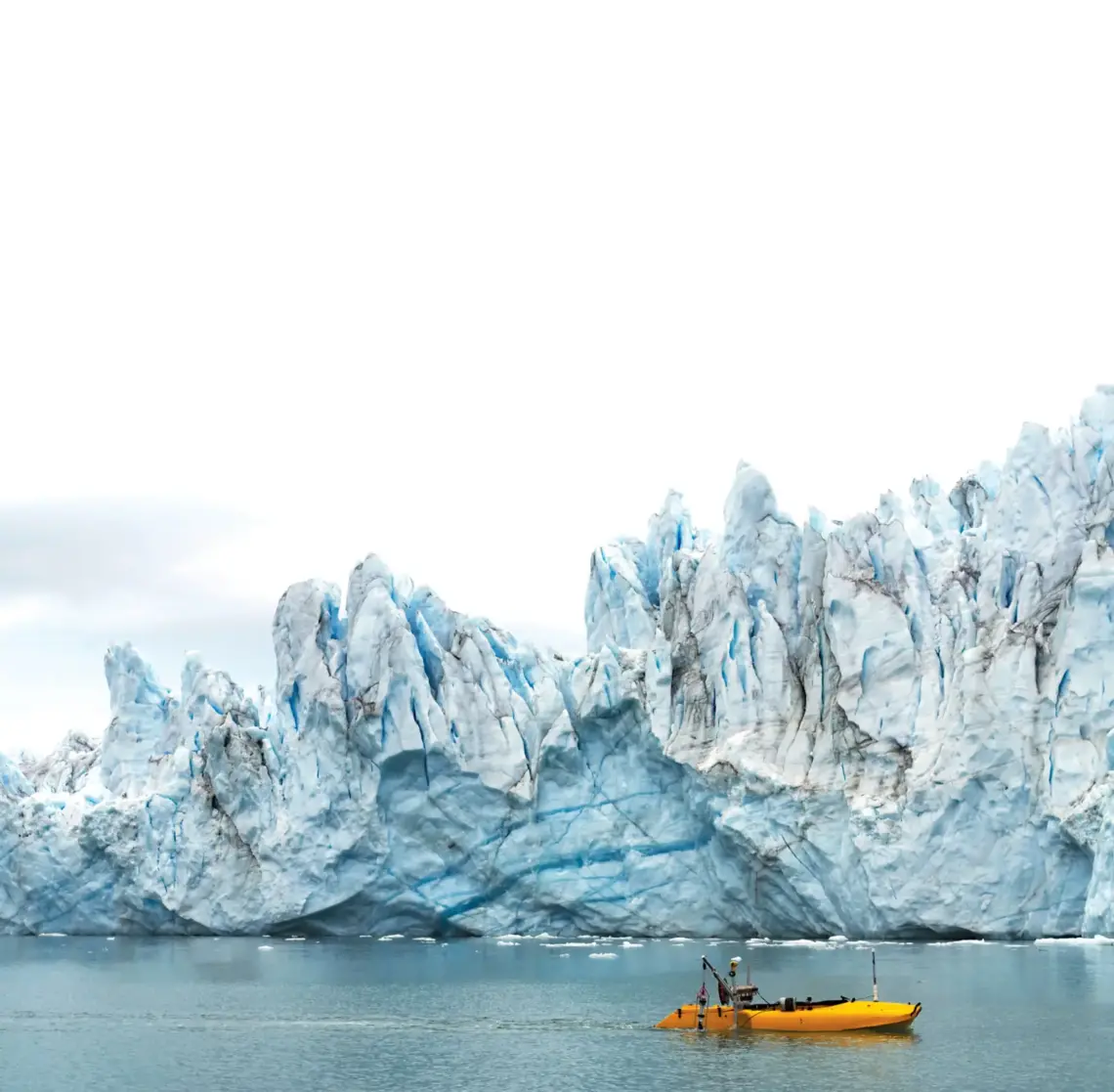
RBR began in 1973, in the basement of a British engineer’s Glebe home. Founder Richard Brancker launched the business to provide electronics consulting for the government, and what started as a small basement company not only took over his house, but also the one next door.
When Brancker retired in the late 1990s, fellow British expat Frank Johnson took over the company and turned it on its head, focusing on a specific product RBR had become an expert in: a simple water temperature recorder. Over the next 12 years, RBR worked on this device until it was as accurate as possible, all the while expanding its sensor-based technology.
Some 45 years since Brancker’s humble Glebe beginnings, RBR – which now calls Hines Road in Kanata North home – is a leader in developing specialized instruments that measure various oceanographic parameters, helping to provide insights into climate change and taking scientific research into the deepest parts of the world’s oceans.
In addition to the temperature sensor technology, RBR develops loggers to store the data and telemetry systems to recover the data remotely, resulting in an all-in-one device.
Johnson’s son, Greg, took over the company around six years ago. An expert in X-ray instrumentation and material science, Greg wasn’t an oceanographer when he joined RBR to run its research and development department, but he threw himself in head-first and helped grow the company from a team of 20 to 53.
He speaks with pride about the niche RBR has carved for itself in a highly specialized industry (the company only has a handful of competitors worldwide).
“We have instruments that have been to the bottom of Marianas Trench (in the Pacific Ocean) … we have instruments that are deployed from the polar regions to the tropics,” he says. “They’ve been buried in permafrost in Canadian Arctic … we have instruments that are put into glaciers.”
RBR’s devices have even been embedded in the Earth’s crust after an earthquake caused a deadly tsunami in Japan in 2011. By measuring the temperature using a chain of the devices planted across the fault line, scientists were able to detect tectonic plates rubbing together, providing insight into the minute level of friction that could cause another earthquake.
With the temperature recorder already at maximum accuracy, RBR has been focused on developing its user-friendly device into a system of components that can be sold separately for other uses. For example, RBR’s sensors have been used in an underwater drone collecting data related to the prediction of climate change.
One of the things that makes RBR a leader in its industry is a focus on devices with low power consumption, allowing users to deploy devices and leave them to work for up to ten years.
Six years ago, Greg moved RBR into an unfinished building in Kanata, where the company was able to design the space they needed. Being in the technology park also fits with RBR’s growth plans, he says.
“We’re always looking for new staff and it’s much easier to find them here,” he says. “There’s just such tremendous strength of talent.”
